Why it matters: It's mid-September and that can only mean one thing - Apple's next wave of iPhones are nearly upon us (okay, college football is back, too). This year's flagships include the iPhone 11 Pro and Pro Max, the first handsets from Cupertino that the company has designated as Pro-grade devices. Review embargos lifted today ahead of their September 20 launch and by most accounts, Apple has delivered the types of improvements that people actually care about such as better cameras and significantly better battery life.
Let's hear what the experts have to say.
Engadget's Chris Velazco dives right in with a look at the new (but also old) design:
Apart from the colors, the biggest changes can be found on the Pros' backs. They're now clad in a single piece of milled glass with a matte finish that covers everything except the Apple logo and the phones' three cameras. I'm a fan of this design for a few reasons: For one, it gives the Pro and Pro Max a more distinctive feel compared with the mid-range iPhone 11. They're much less likely to show off greasy fingerprints, which – as a slob – I'm very grateful for. Apple also suggests that this new finish makes the Pros less prone to slippage, and that seems to be true. (Throwing on one of Apple's new clear cases wouldn't hurt, though.)
I'm the sort of person who doesn't think twice about leaving my phones perched precariously on uneven tables and the arms of couches. Needless to say, my things clatter to the ground a lot. It's hardly a scientific observation, but neither of the new Pros slid around as much as my iPhone XS typically does.
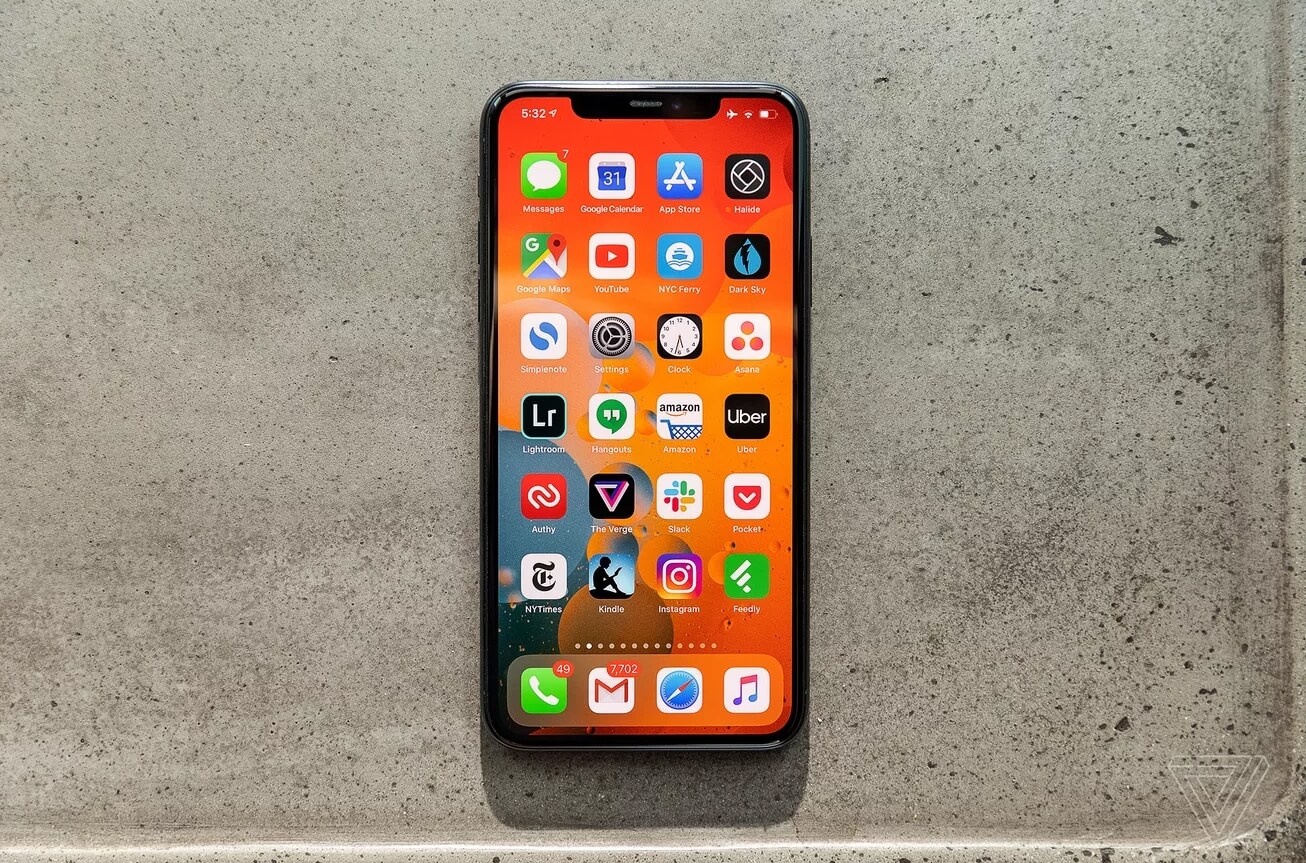
Image courtesy The Verge
Matthew Panzarino with TechCrunch dishes on the display:
Apple's new Super Retina display has a 2M:1 contrast ratio and displays up to 1,200 nits in HDR content and 800 in non-HDR. What does this mean out in the sun at the park? Not a whole lot, but the screen is slightly easier to read and see detail on while in sunny conditions. The "extended" portion of Apple's new XDR screen terminology on the iPhone 11 Pro is due to lux, a luminance metric, not a color metric, so the color gamut remains the same. However, I have noticed that HDR images look slightly flatter on the iPhone XS than they do on the iPhone 11 Pro. The iPhone 11's screen, while decent, does not compare to the rich blacks and great contrast range of the iPhone 11 Pro. It's one of two major reasons to upgrade.
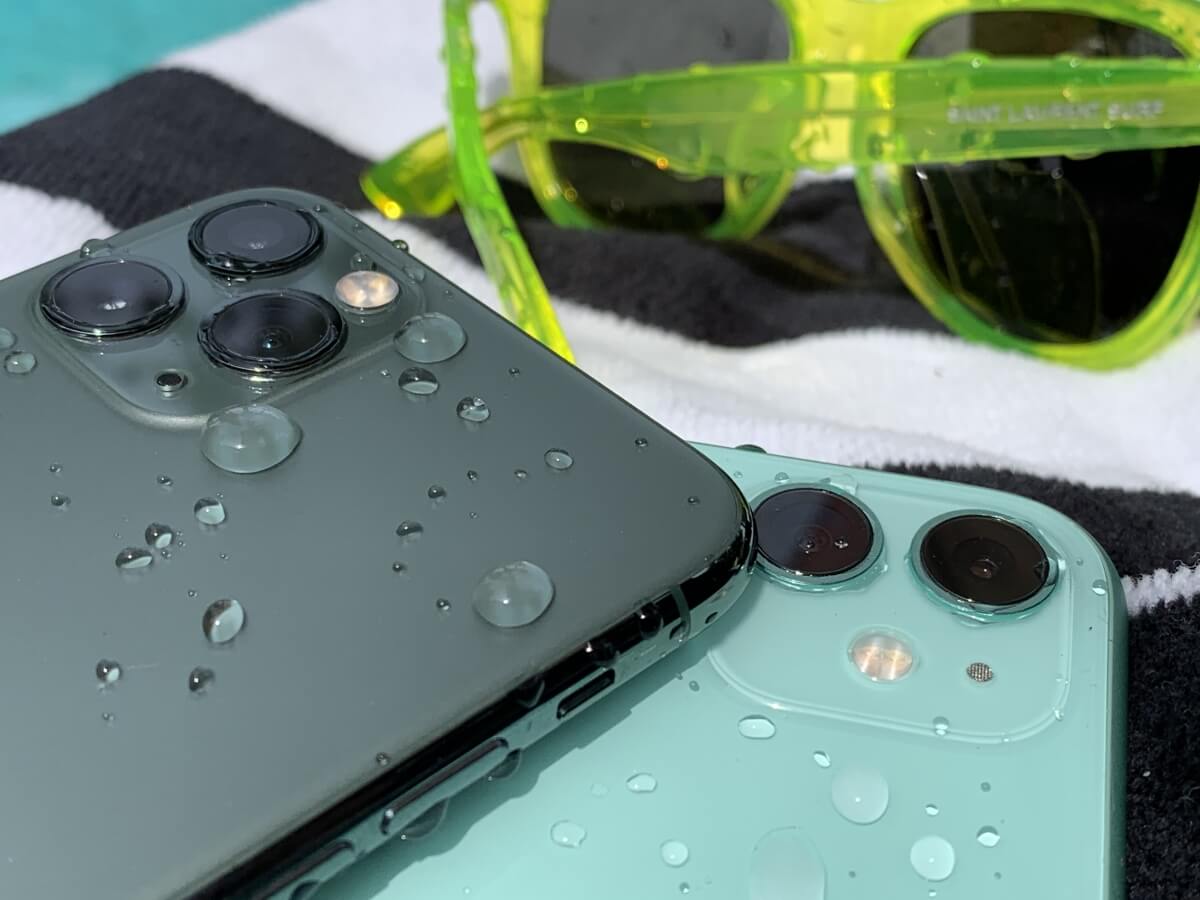
Image courtesy TechCrunch
Mashable's Raymond Wong covers the elephant in the room:
A lot of people don't like the way the three lenses protrude in a squircle-shaped bump that also houses the LED flash and microphone. The holes are reportedly triggering people's trypophobia (fear of clusters of holes and bumps).
I'm not dismissing trypophobia, but having used the iPhone 11 Pro and 11 Pro Max for a week ahead of its release, I can definitively say everyone needs to chill out.
Almost everyone I've shown the iPhone 11 Pro to say it's not as offensive in person --- the lens rings aren't nearly as thick as closeup images make them appear --- and the design is one of a kind (for now).
The fact that I literally couldn't go anywhere in New York City without drawing attention from people who spotted the triple cameras suggests the iPhone 11 Pros already have what Android phones could only dream of: celebrity status.
Lauren Goode with Wired on video capabilities:
If the iPhone 11 Pro still photos don't sway you, then maybe its videos will. All three new iPhones shoot 4K video at 60 frames per second, as did the phones last year. But this year's video capture comes with extended dynamic range, which means the phone is actually capturing 120 frames per second and using those extra frames to produce videos with better colors and higher contrast. The short video clips I've shot so far do look better than the videos on my iPhone XS.
All of the new models of iPhone now apply software image stabilization to 4K video at 60 frames per second too. Pro shooters might be pleased with another small addition: The Lightning port on the new iPhones now supports LED flash accessories.
Plus, the front-facing camera now shoots video in 4K, and captures---wait for it--- "slofies." These are slow-motion selfies. My editor and I sat there for several seconds shooting a slow-motion selfie before we realized, that was it. That's all a slofie is. Still, it's fun.
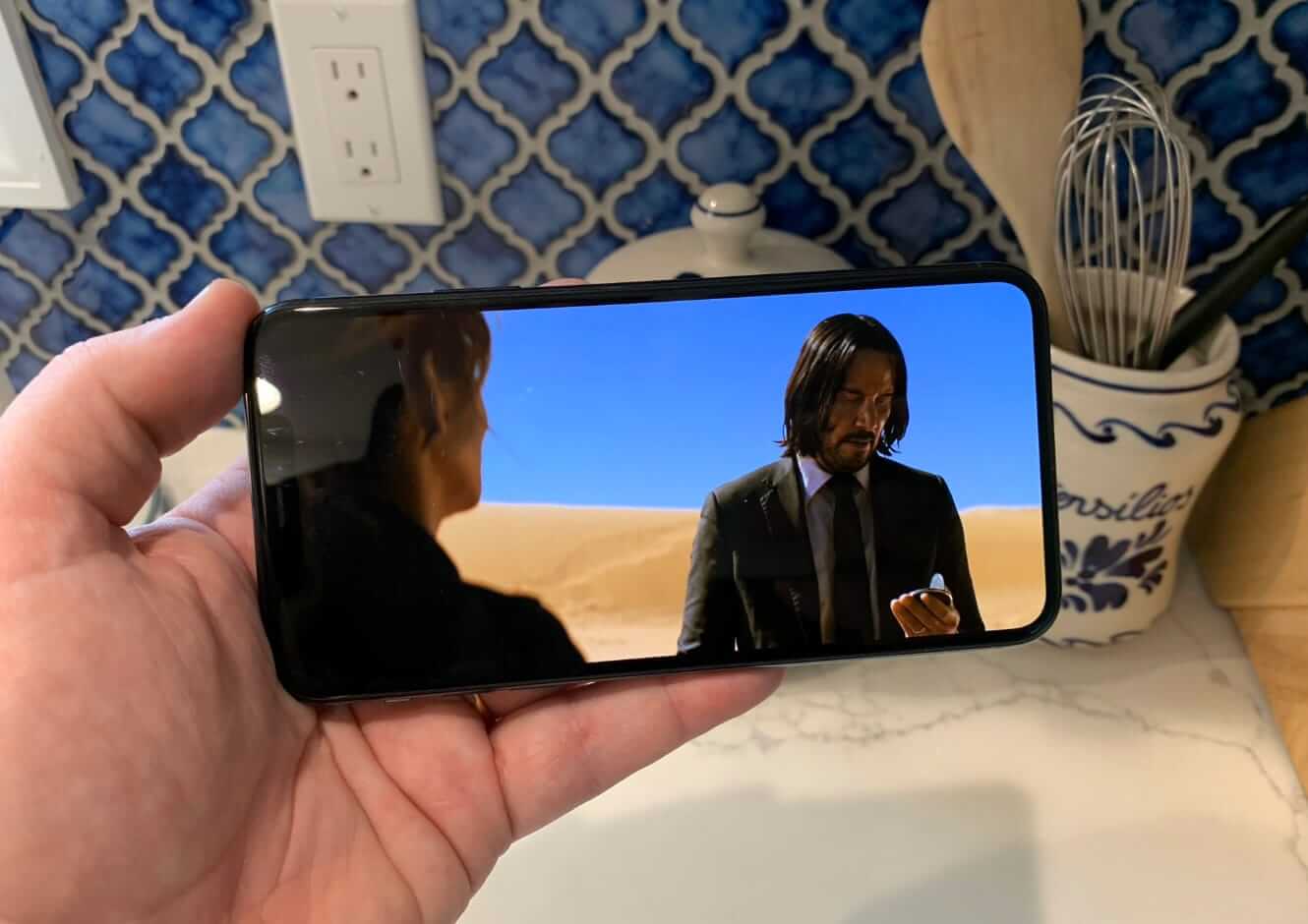
Audio sounds better, too, as Mark Spoonauer with Tom's Guide highlights:
The sound on the iPhone 11 Pro Max is just as bright as the visuals, as there's now spatial audio with Dolby Atmos support. When watching the trailer for Yesterday, Jack's cover of The Beatles famous track had more dimension to it through the iPhone 11 Pro Max compared with the iPhone XS Max. The guitar strings and vocals were much more present, while they sounded flatter on last year's phone.
Nilay Patel from The Verge gives the scoop on battery life:
Between the larger size and the removal of the 3D Touch system, there's more room inside the case for a bigger battery, which seems like a big part of Apple's claimed four-hour battery life increase from the iPhone XS and five-hour increase for the Pro Max from the XS Max.
Those numbers are fairly difficult to test, however. You'll notice that the only hard battery life numbers Apple publishes now are fixed tests of single actions, like video and audio playback on a loop. That's not how anyone really uses a phone, and Apple's claims of improved battery life over the previous phones aren't really based on those tests. Instead, the company takes a huge dataset of real-world iPhone usage and runs it against a model of the new phone that accounts for the various processor, chipset, display, and OS power improvements and the larger battery capacity.
It's clever, but there's no way for reviewers to repeat and verify that test. So the best I can tell you is that Apple has historically been good about meeting its battery life claims, and the iPhone 11 Pro Max I've been using every day for a week has consistently run for 12 to 14 hours on a single charge, with over 10 hours of screen-on time reported in the battery settings per 24-hour period.
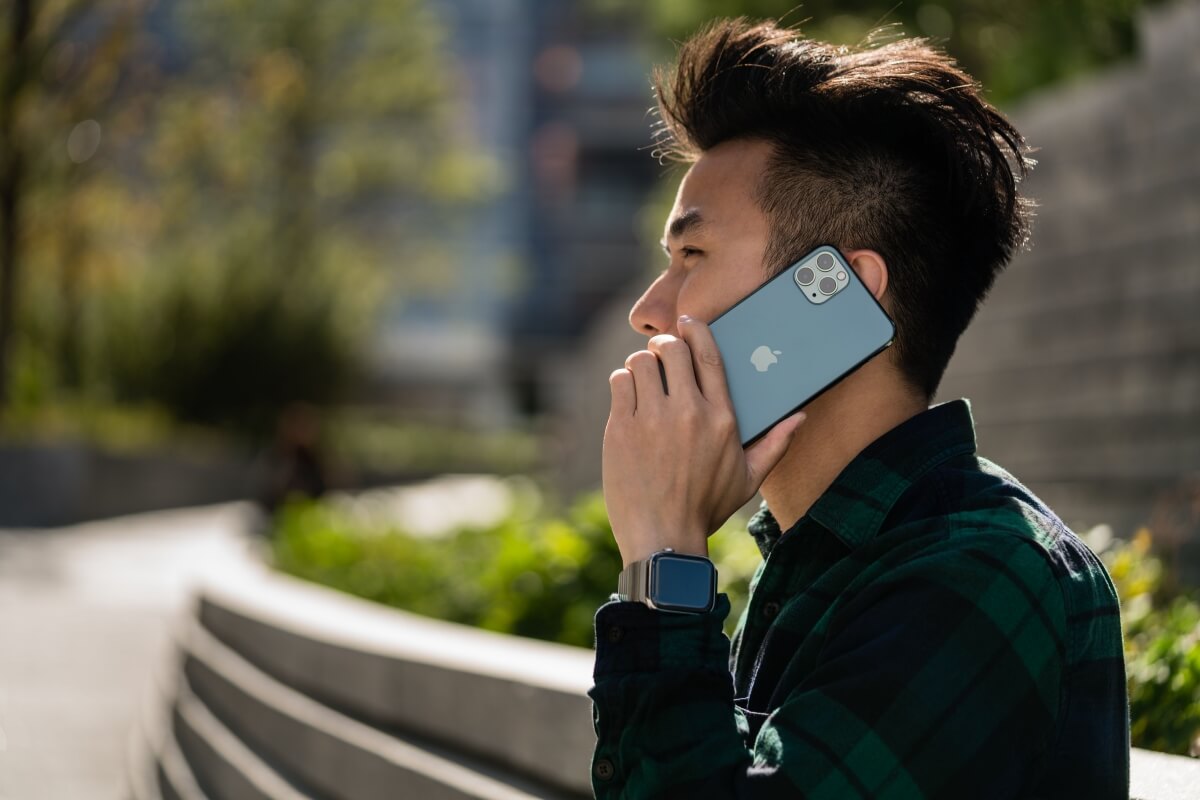
Image courtesy Mashable
We go back to Engadget for their take on the battery situation:
If your current phone's battery has seen better days, though, the Pros might be worth the splurge now. So far, Apple's claims of significantly improved battery seem spot on. When I tested the brand-new XS last year, it would run for between 9 to 9.5 hours off a single charge on days with heavy use. This year, the smaller Pro dealt with the same general workloads and lasted for closer to 12 hours before needing a charge. The larger Pro Max, meanwhile, routinely stuck around for between 13 to 14 hours on a single charge, compared to the 11 to 12 hours I squeezed out of the iPhone XS Max.
Tom's Guide's Mark Spoonauer on the A13 Bionic's performance:
This is going to sound like a broken record, but Apple has the world's fastest phone once more, thanks to its powerful A13 Bionic processor. This chip packs a CPU and GPU that are both 20% faster than last year's A12, along with a neural engine for machine learning that's also 20% faster.
I noticed this speed difference when opening apps like Asphalt 9. The iPhone 11 Pro Max took a little less than 4 seconds, compared with 8 seconds for the Galaxy Note 10 Plus. Mortal Kombat also loaded a couple of seconds faster on the iPhone 11 Pro Max.
On Geekbench 5, a relatively new benchmark that measures overall performance, the iPhone 11 Pro Max notched a single-core mark of 1,334 and a multicore score of 3,517, The Galaxy Note 10 Plus scored 736 and 2,691 respectively, while the OnePlus 7 Pro was also behind with 744 and 2,802. Last year's iPhone XS Max scored 1,106 and 2,773.
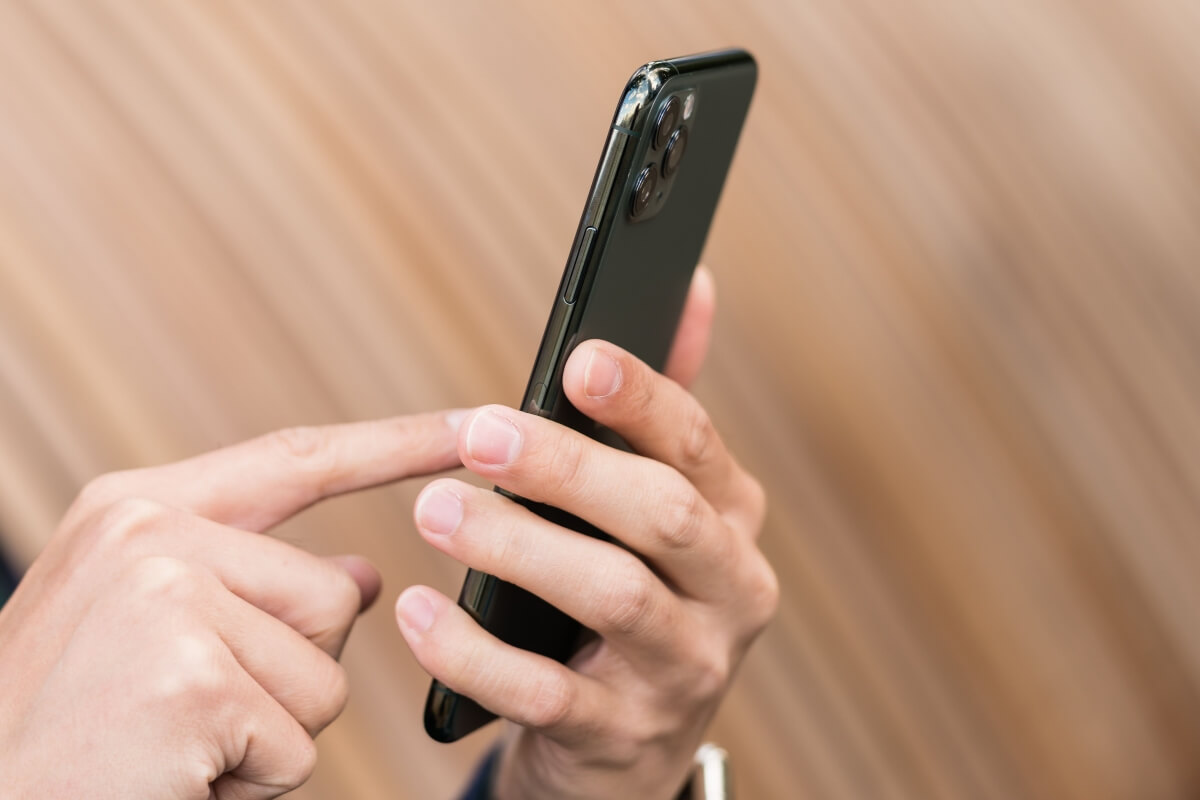
What day-to-day use is like according to CNBC's Todd Haselton:
But speaking of normal use: It seemed like it just whizzed around everything, especially when loading graphics-heavy games like Grimvalor or opening and closing apps. I don't think last year's iPhones are slow by any means, but this did feel just a hair faster at everything. You'll really notice an upgrade if you're coming from something like an iPhone 6 or iPhone 7, but keep in mind the performance will be similar on the cheaper iPhone 11, since it has the same A13 Bionic chip.
Nilay Patel with The Verge had some issues with iOS 13:
My iPhone 11 and 11 Pro review units are running iOS 13.0, and iOS 13.0 is pretty damn buggy. I saw all kinds of glitches and crashes during my week of testing, as did Verge executive editor Dieter Bohn with his iPhone 11 review unit running iOS 13. The home screen has crashed and relaunched. Messages glitches out and puts the text entry field at the top of the screen. AirDrop has crashed out so hard I've had to restart the phone a few times to get it working again. The camera app lags from time to time. There are a lot of good new features in iOS 13, but it's clear that Apple's pushing hard to get it out, and I don't think there's any harm in waiting a tick for these bugs to get cleared up.
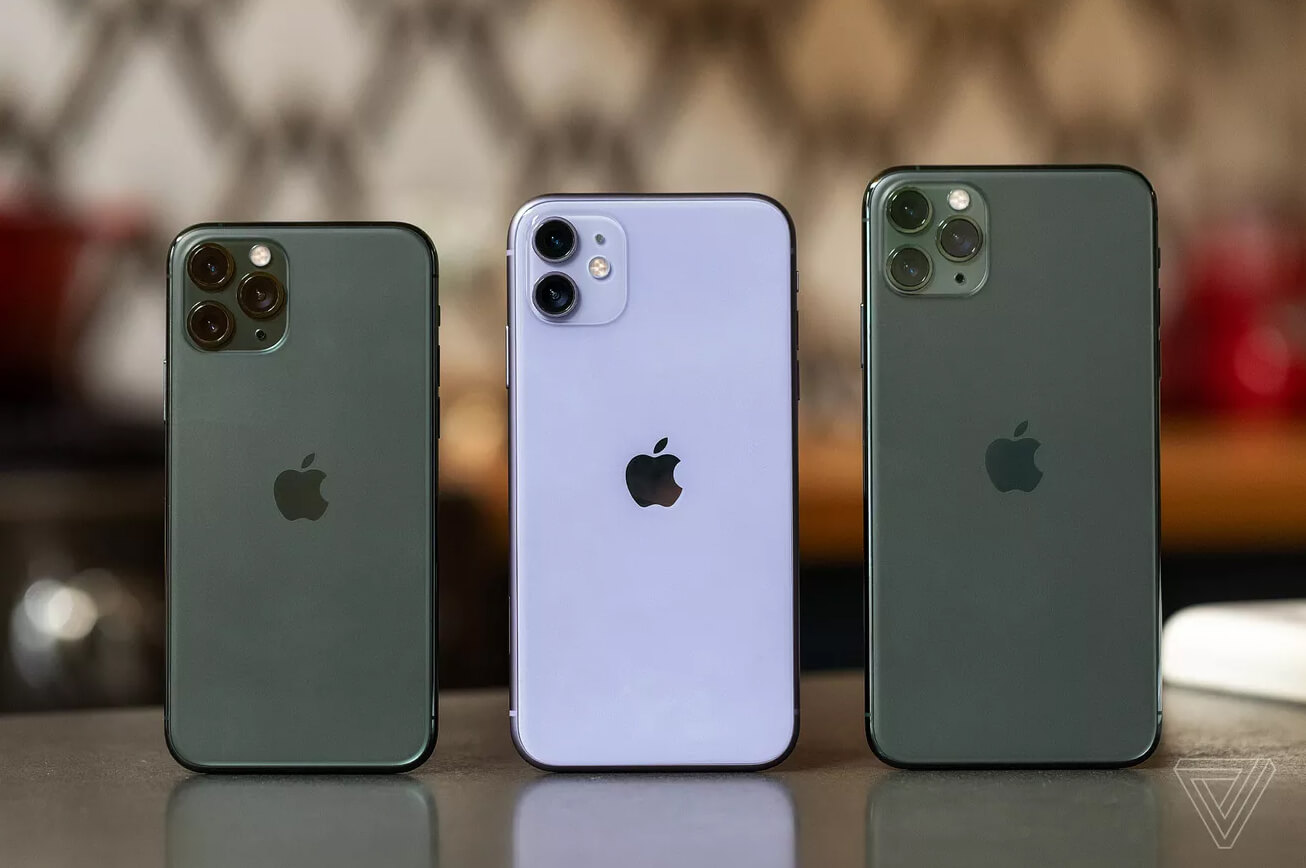
Image courtesy The Verge
The bottom line from The New York Times' Brian X. Chen:
So now is the moment to ask: Do we really need to upgrade our iPhones every two years?
Based on my tests of the iPhone 11, 11 Pro and 11 Pro Max, the answer is no. Don't get me wrong: The newest models are nice. Apple has made them speedier, improved the cameras and lengthened their battery life. The new lineup also starts at a lower price of $700, down from $750 a year ago, which is a relief in an era of skyrocketing smartphone costs.
But none of this is enough to warrant an immediate upgrade if you have had your smartphone for only two years. The latest iPhones just aren't a big leap forward from last year's iPhones or even the iPhone X from 2017.
So here's what I ultimately suggest: You should definitely upgrade if your current device is at least five years old. The iPhone 11 models are all a significant step up from those introduced in 2014. But for everyone else with smartphones from 2015 or later, there is no rush to buy. Instead, there is more mileage and value to be had out of the excellent smartphone you already own.